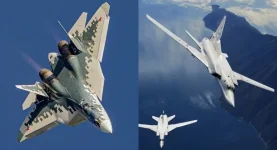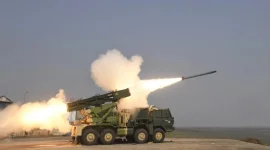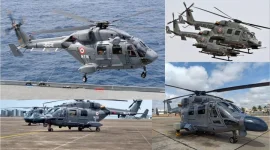- Views: 506
- Replies: 5
)
In a groundbreaking development for military aviation, the United States Department of Defense has unveiled the world's first simulated air battle between an AI-controlled fighter jet and a human pilot. This exercise marks a major leap forward in understanding the potential of artificial intelligence in aerial combat.
The AI-controlled aircraft was a modified F-16 known as the X-62A, equipped with cutting-edge AI algorithms. Its opponent was a standard F-16 flown by an experienced human pilot. During the simulated dogfight, the two aircraft engaged in close-range combat at speeds of up to 1,200mph over Edwards Air Force Base in California.
AI in Combat Aviation: Promise and Challenges
The results of the air battle remain classified, but experts from the Defense Advanced Research Projects Agency (DARPA) are analyzing the data to evaluate AI's advantages and limits in dogfighting scenarios. The demonstration raises the possibility of AI outperforming human pilots in aerial combat's complexities but underscores the importance of ethical considerations in the deployment of autonomous weapons systems.DARPA's experiment is not a prelude to immediate robot-on-robot warfare. For now, human judgment remains crucial. AI shows undeniable potential in assisting pilots with faster decision-making, quicker reaction times, and the ability to withstand G-forces that could incapacitate humans.
A Look Back, A Leap Forward
The successful execution of this initial air battle followed previous simulations in 2020 where AI defeated human pilots. While pilots were on standby for safety in the X-62A, they did not need to take control during the test."This is a transformational moment in aerospace history," said Secretary of the Air Force Frank Kendall. This achievement paves the way for further AI research and collaboration between specialists and military personnel to enhance human capabilities in the realm of air combat.




